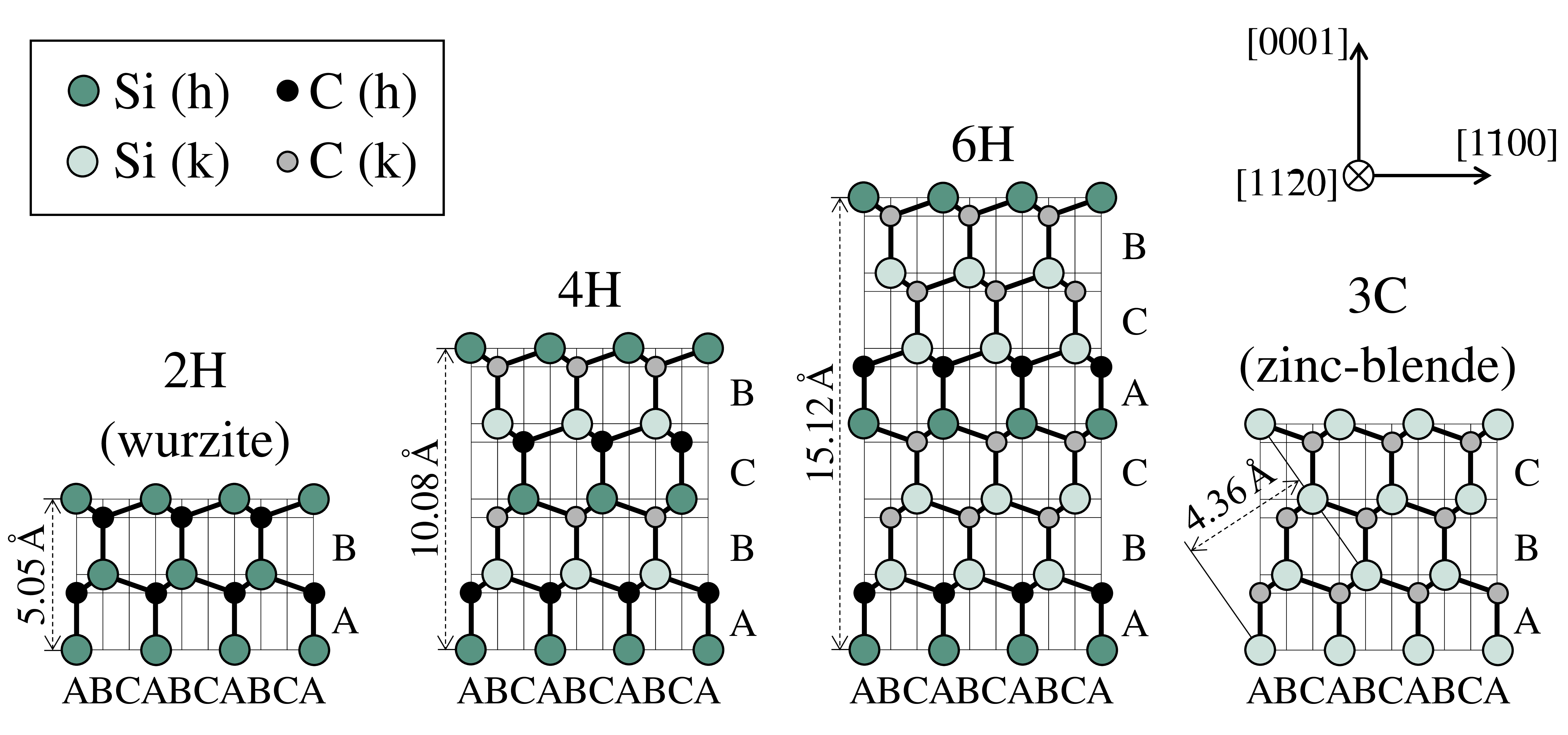

This leads to wetting mode transition of condensed droplets and the loss efficacy of a droplet self-cleaning microstructural substrate.Īs can be seen, the microstructure and wettability have significant effects on condensation heat transfer. However, if the interval spacings between microstructures are too wide, condensation nucleation occurs inside the interval spacings. To enhance condensation heat transfer, microstructures were introduced to increase hydrophobicity of a substrate in the past, which led to highly efficient self-propelled jumping of condensate droplets. The liquid film on a substrate increases thermal resistance, deteriorating condensation heat transfer coefficient. However, condensed droplets on a hydrophilic substrate coalesce into liquid film more easily than those on a hydrophobic substrate. Compared with a hydrophobic substrate, condensed droplets prefer nucleating on a hydrophilic substrate. Promoting condensation heat transfer helps in saving energy consumption in industrial applications. This study provides guidelines for choosing the desirable numerical schemes of contact angle in condensation simulation by pseudopotential lattice Boltzmann model so that more efficient strategies for condensation heat transfer enhancement can be obtained from numerical simulations.Ĭondensation is a highly efficient heat transfer method, which has been applied in many energy industries, e.g., power plant, desalination, electronic thermal management, etc. As a whole, it is recommended to use pseudopotential-based contact angle scheme with a ghost fluid layer constructed on the substrate or use the geometric formulation scheme to simulate condensation under subcooling conditions. The heat flux at the microcavity wall is unphysical during the “condensation nucleation” process, but it becomes reasonable with a liquid film formed in the microcavity. Thus, “condensation nucleation” cannot occur spontaneously in the microcavity unless a thin liquid film is initialized as a nucleus in the microcavity. However, with a ghost fluid layer constructed on the substrate or using geometric formulation scheme, the simulated fluid density distribution near the wall is uniform so that no condensation nucleus appears in the microcavity. The fluid density variation near a microcavity wall simulated by pseudopotential-based contact angle scheme plays the role of the condensation nucleus and triggers “condensation nucleation”. The subcooling condition also decreases the simulated contact angle magnitude compared with that under an isothermal condition. However, with a ghost fluid layer constructed on the substrate or using geometric formulation scheme, the algorithm becomes stable. It is found that the subcooling condition destabilizes algorithm of pseudopotential-based contact angle scheme. The three numerical schemes are pseudopotential-based contact angle scheme, pseudopotential-based contact angle scheme with a ghost fluid layer constructed on the substrate with weighted average density of surrounding fluid nodes, and the geometric formulation scheme. In this study, effects of numerical schemes of contact angle on condensation nucleation and heat transfer simulation are clarified for the first time. Various numerical schemes of contact angle are widely used in pseudopotential lattice Boltzmann model to simulate substrate contact angle in condensation.


 0 kommentar(er)
0 kommentar(er)
